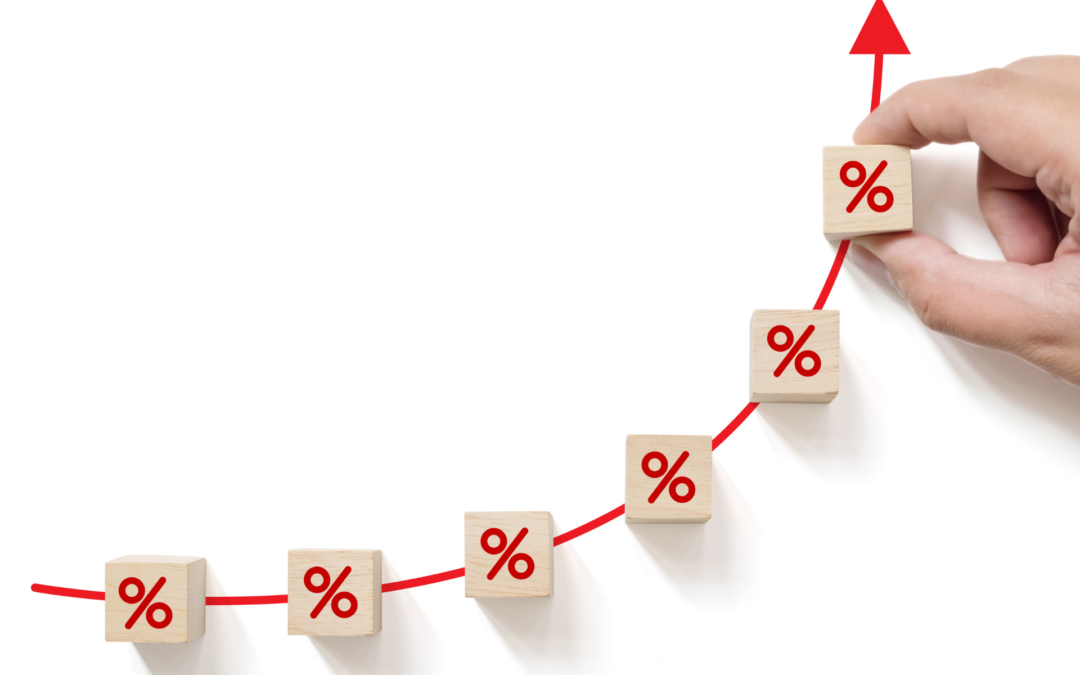In the world of real estate investment, capitalization rates—or CAP rates as they are commonly known—are an indispensable tool for assessing the value and potential profitability of an investment property. The concept may seem daunting, but a little understanding goes a long way in simplifying the numbers. In this post, we’ll explain CAP rates and provide you with a straightforward guide to calculating them.
What is a CAP Rate?
In essence, a Capitalization Rate is a metric used to evaluate the potential return on investment for a real estate property. It’s expressed as a percentage and is calculated by dividing the property’s net operating income (NOI) by its current market value or acquisition cost.
CAP Rate = Net Operating Income / Current Market Value or Acquisition Cost
Why CAP Rates Matter
CAP rates serve multiple purposes:
- Risk Assessment: A higher CAP rate usually means higher risk but also higher potential return. A lower CAP rate indicates less risk but generally lower returns.
- Market Comparison: Investors often use CAP rates to compare different real estate investment opportunities quickly.
- Property Valuation: Knowing the CAP rate can also help in evaluating the fair market value of a property.
Factors Influencing CAP Rates
Various factors can influence CAP rates, such as location, asset type, and prevailing interest rates. For example, properties in prime locations often have lower CAP rates due to lower perceived risks, while properties in less desirable areas may have higher CAP rates.
Calculating Net Operating Income (NOI)
The first step in calculating the CAP rate is determining the Net Operating Income (NOI). NOI is the total income generated by the property minus operating expenses.
NOI = Total Income – Operating Expenses
Total Income This includes rents, parking fees, laundry income, and any other revenue-generating features of the property.
Operating Expenses This includes property taxes, maintenance costs, utility bills, management fees, and insurance. Note that debt service like mortgage payments are not included in operating expenses for CAP rate calculations.
Putting it All Together: CAP Rates Calculation
Assuming you have a property with a total annual income of $120,000 and annual operating expenses of $40,000:
NOI = $120,000 – $80,000 NOI = $ 80,000
If the current market value of the property is $1,000,000, then:
CAP Rate = $80,000 / $1,000,000 CAP Rate = (0.08) 100 CAP Rate = 8%
Interpretation and Practical Uses
In this example, an 8% CAP rate means that you can expect an 8% annual return on your investment, assuming no changes in income or expenses. However, this doesn’t account for property appreciation, tax benefits, or changes in income and expenses.
It’s crucial to remember that while a higher CAP rate might mean higher returns, it might also signify higher risk. Therefore, it’s essential to consider other factors and metrics when evaluating a real estate investment opportunity.
Creative Solutions: Beyond Traditional CAP Rates Calculation
- Adjust for Risk: You can adjust CAP rates for risk by adding or subtracting a risk premium based on specific property or market factors.
- Use Future Projections: Consider using projected NOI and future property values to calculate forward-looking CAP rates, allowing for a more dynamic investment strategy.
- Blend with Other Metrics: Combine CAP rates with other metrics like Cash on Cash Return or Internal Rate of Return for a more comprehensive analysis.
Understanding and calculating CAP rates is fundamental for making informed real estate investment decisions. Not only do they provide a snapshot of a property’s earning potential, but they also offer valuable insights into market trends and investment risks.
Happy Investing!

